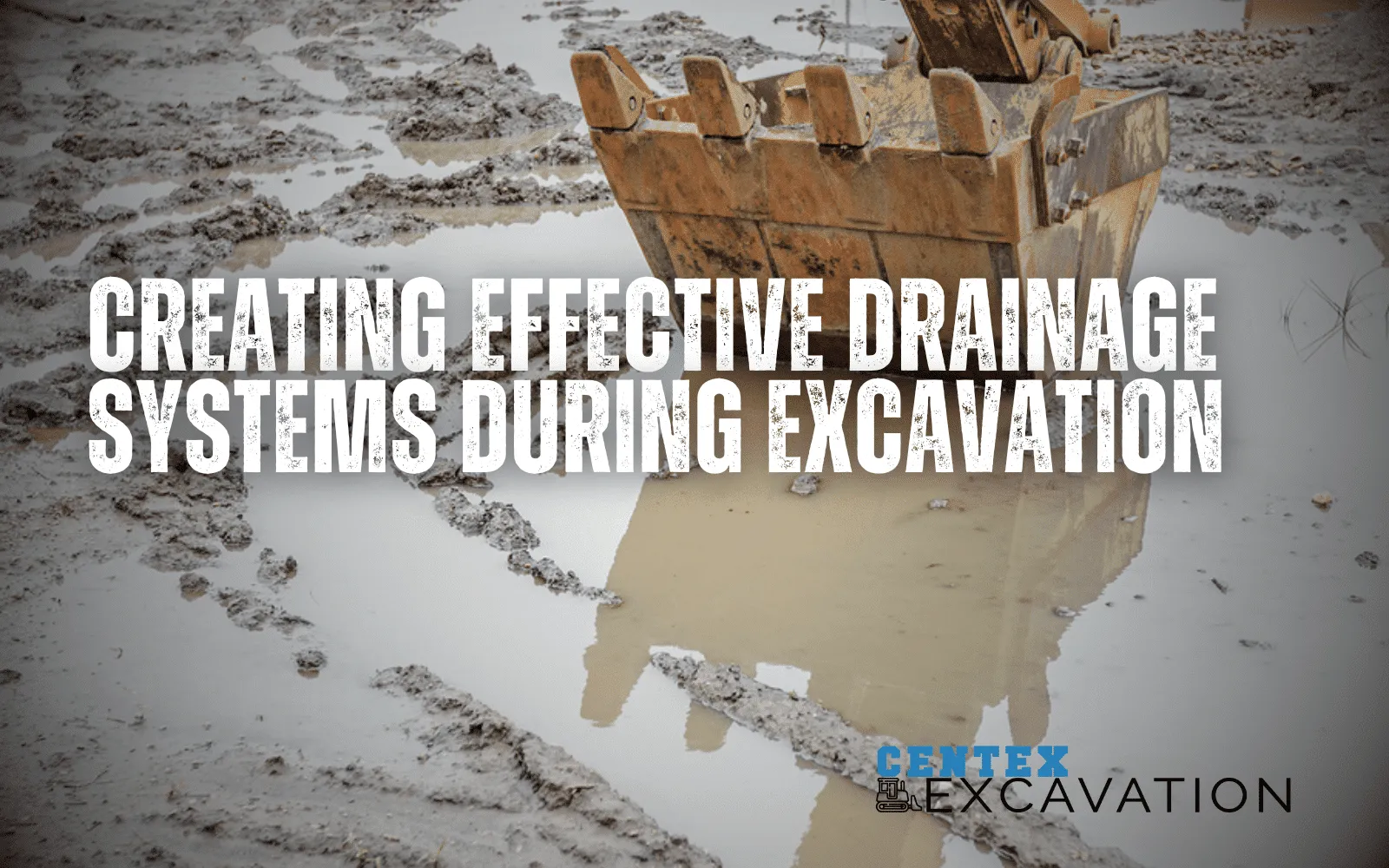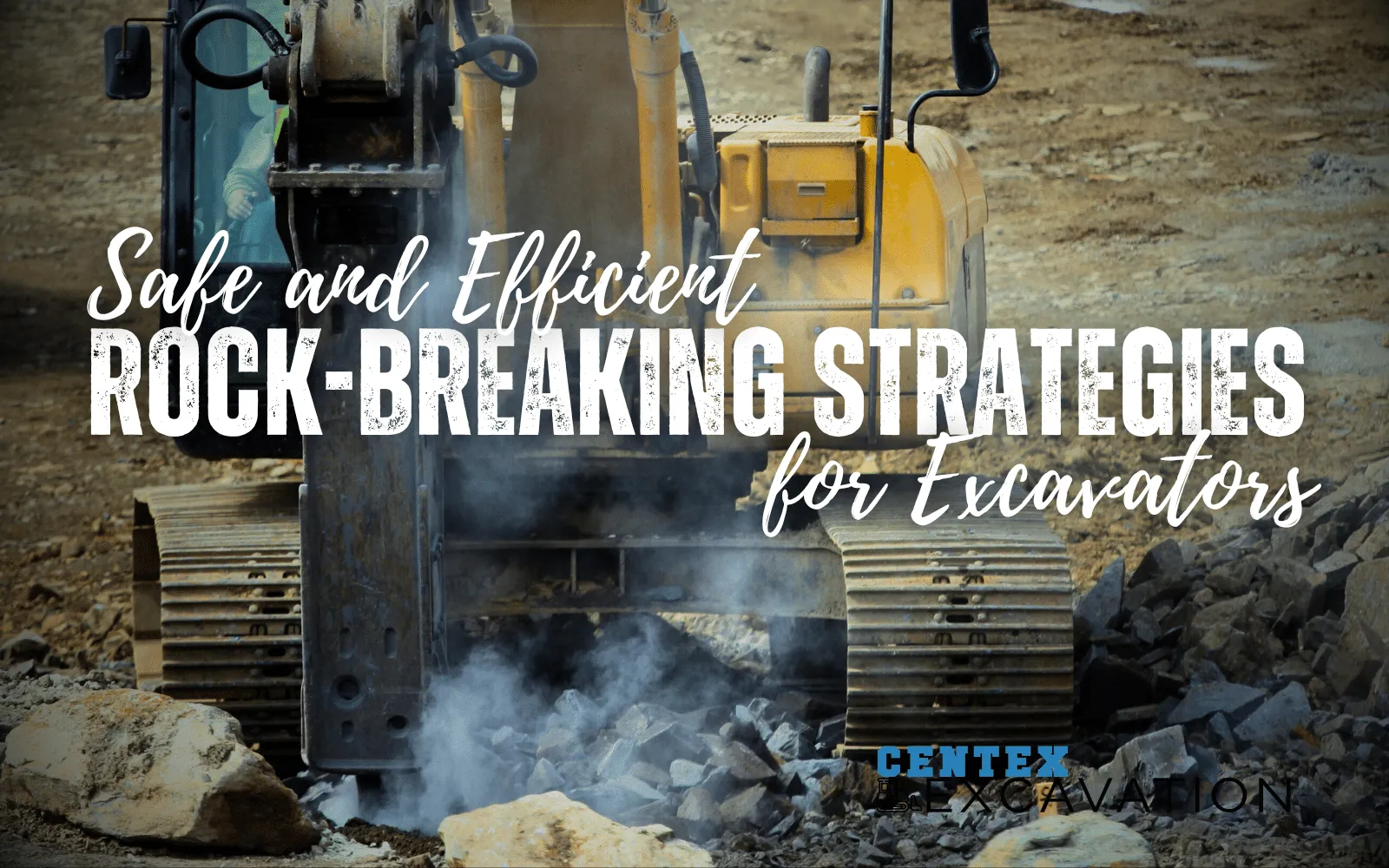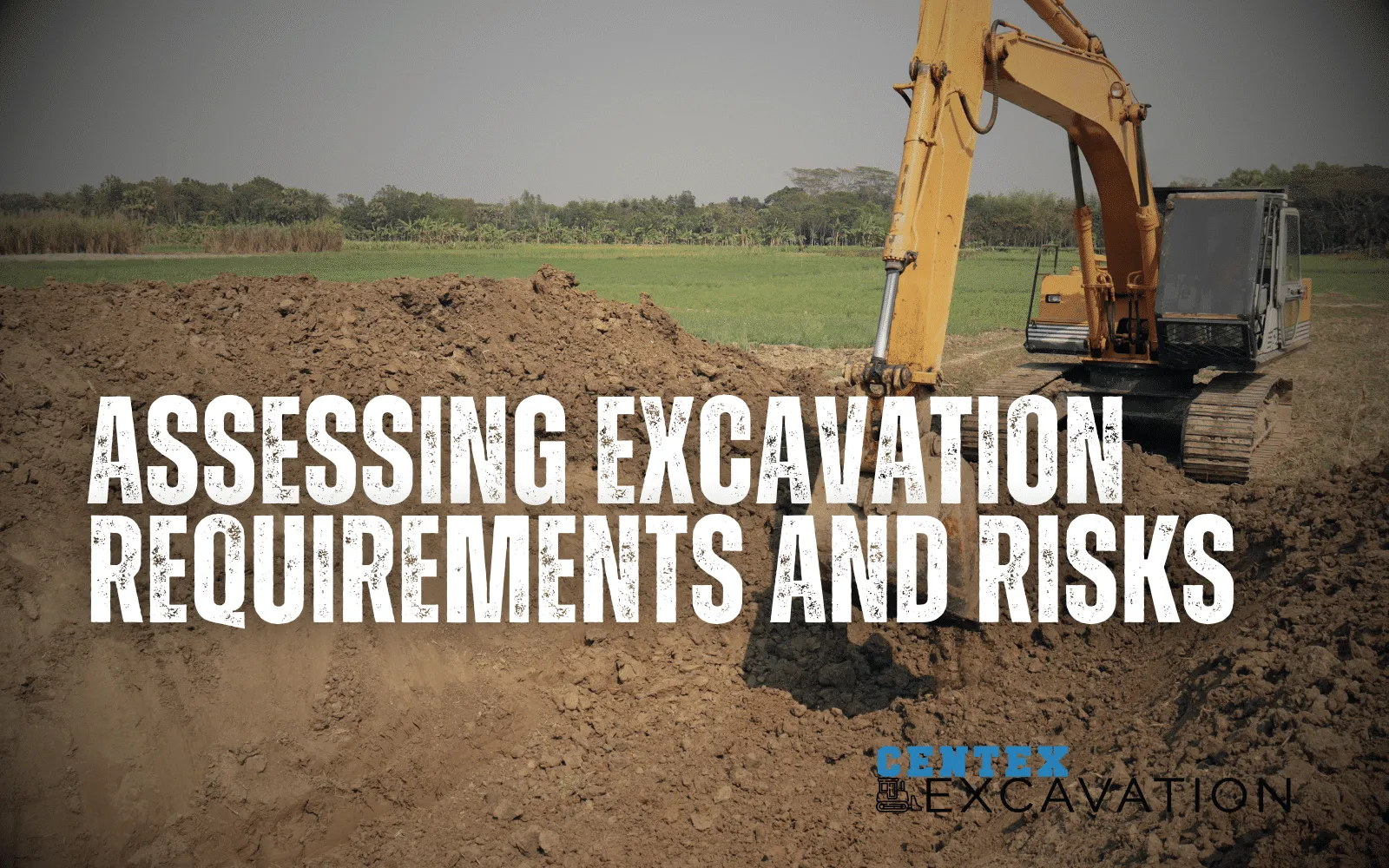Cost Management: Budgeting for Excavation in Construction Projects

- Comprehensive Cost Management: Effective cost management in construction involves a detailed process of planning, estimating, budgeting, and controlling costs, crucial for keeping projects financially viable and within budget.
- Seven-Step Budgeting Process: The budgeting process for excavation includes understanding project scope, conducting site analysis and risk assessment, allocating resources, estimating costs, setting a budget, monitoring expenses, and performing a final review and analysis.
- Avoiding Common Budgeting Pitfalls: Key to successful budgeting is avoiding common mistakes such as underestimating costs, ignoring hidden expenses, failing to account for delays, inflexible budgeting, poor risk management, inaccurate cost estimations, neglecting post-completion costs, and overlooking change orders.
Budgeting is the cornerstone of just about any project. After all, the project is meant to provide a service to a party while making the excavation company money.
So, it stands to be extremely pivotal and never overlooked.
Cost management might not be the sexiest subject when it comes to excavation, but we all like making money, and staying on budget is the only way to do that.
What is cost management in construction?
Construction cost management is the process of planning, estimating, budgeting, and controlling costs throughout the life cycle of a project.
It's a complex dance of numbers and predictions, ensuring that the project remains financially viable while meeting its objectives.
There are countless variables that go into it, such as material costs, labor costs, change orders, and delays. It's not as easy as a simple spreadsheet might lead you to believe.
The importance of cost management.
Why bother with cost management? It's simple - cost overruns can break a project.
Proper cost management ensures that projects are completed within budget, thus safeguarding profitability and reputation.
It's the anchor that keeps the financial ship steady in the turbulent seas of construction.
Budgeting for excavation: A step-by-step process.
In a nutshell, there are 7 steps to budgeting any excavation process. Some of these steps may be more complex depending on the project, but these will give you a general overview of how to effectively and accurately budget for excavation.
- Understanding project scope and requirements. Before anything else, it's vital to comprehend the full scope of the excavation work. What are we digging? How deep? What's the purpose? This initial assessment lays the groundwork. You can't budget for what you don't know.
- Site analysis and risk assessment. Every site has its quirks. Conducting a thorough site analysis and risk assessment can help foresee potential challenges that might affect costs, like soil type or proximity to existing structures. A seasoned PM or even a foreman can accurately assess costs by analyzing the site.
- Resource allocation. This involves determining the machinery, materials, and manpower needed. It's a balancing act between resource availability and project demands.
- Cost estimation. Here, we crunch the numbers. Estimating costs involves considering all aspects of the excavation - from equipment rental to labor costs.
- Setting a budget. With the estimation in hand, it's time to set a budget. This is the financial blueprint for the project, encompassing all anticipated expenses.
- Monitoring and controlling. As the project progresses, continuous monitoring is crucial to ensure that costs are aligned with the budget. Adjustments are made as needed to keep the project on track.
- Final review and analysis. Post-completion, a review is conducted to analyze the effectiveness of the budgeting process and learn from any discrepancies.
Navigating the pitfalls: Avoiding common budgeting mistakes in excavation projects.
Budgeting for excavation in construction is a critical process, but it's also fraught with potential pitfalls. Recognizing and navigating these challenges is essential to ensure your project's success.
These are some of the most common budgeting pitfalls and how to avoid them—
- Underestimating costs. A common mistake is underestimating the actual costs of a project. This can happen due to inadequate site analysis, poor estimation of material costs, or failure to account for labor complexities.
- Ignoring hidden expenses. Every excavation project has hidden costs that are often overlooked. These could include environmental compliance, unforeseen site conditions, or unexpected weather delays.
- Failing to account for delays. Delays are almost a given in construction projects. Not factoring in potential delays into the budget can lead to cost overruns and project delays.
- Inflexible budgeting. Rigid budgets don't leave room for adjustments when unexpected costs arise. It's crucial to have a contingency fund and a flexible approach to budgeting.
- Poor risk management. Ignoring potential risks or failing to assess them properly can lead to costly mistakes. Effective risk management is key to a successful budgeting strategy.
- Inaccurate cost estimations. This can result from outdated data, lack of local market knowledge, or inadequate experience. Using up-to-date information and seeking expert advice is vital.
- Neglecting post-completion costs. Often, the budgeting process neglects the expenses that occur after the main project is completed. These can include site clean-up, disposal fees, and equipment demobilization.
- Overlooking change orders. Change orders are inevitable in most construction projects. Not including a strategy for handling change orders can disrupt the budget.
By recognizing and planning for these pitfalls, you can create a more accurate and effective budget, ensuring your excavation project remains on track financially.
Advanced tips for excavation budgeting success.
Effective budgeting in excavation projects is not just about crunching numbers; it's about understanding the intricacies and nuances of the process.
- Embrace technology. Utilize modern software and tools for more accurate cost estimations and project tracking. Tools like project management software can provide real-time insights, aiding in better decision-making.
- Dynamic resource management. Always be ready to adapt your resource allocation. This includes being flexible with manpower, machinery, and materials and responding quickly to project changes.
- Detailed site analysis. Go beyond the basics. Consider factors like local weather patterns, historical data of the area, and even community impact. This depth of analysis can reveal cost implications that are not immediately apparent.
- Regular financial reviews. Instead of waiting until project completion, conduct regular financial reviews. This allows for timely adjustments and can prevent budget overruns.
- Strengthen communication channels. Ensure that there's a clear, open line of communication among all team members. Miscommunications can lead to costly errors and delays.
- Contingency planning. Beyond setting aside a contingency fund, develop detailed plans for potential scenarios. What if key equipment fails? What if there's a significant weather event? These plans can save time and money.
- Invest in training. Well-trained staff can identify potential issues before they become costly problems. Continuous training in the latest techniques and technologies is an investment in your project's success.
- Focus on long-term value. Sometimes, the cheapest option upfront can cost more in the long term. Consider the long-term value and impact on the project, whether it's materials or machinery.
- Engage stakeholders early. Involve key stakeholders in the budgeting process from the start. Their insights and expectations can guide more accurate budgeting and prevent misunderstandings.
You can get ahead of any budgeting crises by using these tips to your advantage, and they set you up for long-term success.
Budget your project like a pro!
Cost management and effective budgeting are the backbone of successful construction projects.
They require a blend of careful planning, continuous monitoring, and the ability to adapt to changing circumstances.
Remember, a well-budgeted project is a well-executed project, and a well-executed project brings in the cash.









